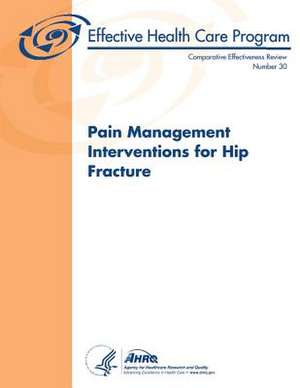Pain Management Interventions for Hip Fracture
Autor U. S. Department of Heal Human Services, Agency for Healthcare Resea And Qualityen Limba Engleză Paperback
Preț: 169.56 lei
Preț vechi: 178.49 lei
-5% Nou
Puncte Express: 254
Preț estimativ în valută:
32.44€ • 33.97$ • 26.85£
32.44€ • 33.97$ • 26.85£
Carte disponibilă
Livrare economică 15-29 martie
Preluare comenzi: 021 569.72.76
Specificații
ISBN-13: 9781484086100
ISBN-10: 1484086104
Pagini: 286
Dimensiuni: 216 x 280 x 15 mm
Greutate: 0.67 kg
Editura: CREATESPACE
ISBN-10: 1484086104
Pagini: 286
Dimensiuni: 216 x 280 x 15 mm
Greutate: 0.67 kg
Editura: CREATESPACE
